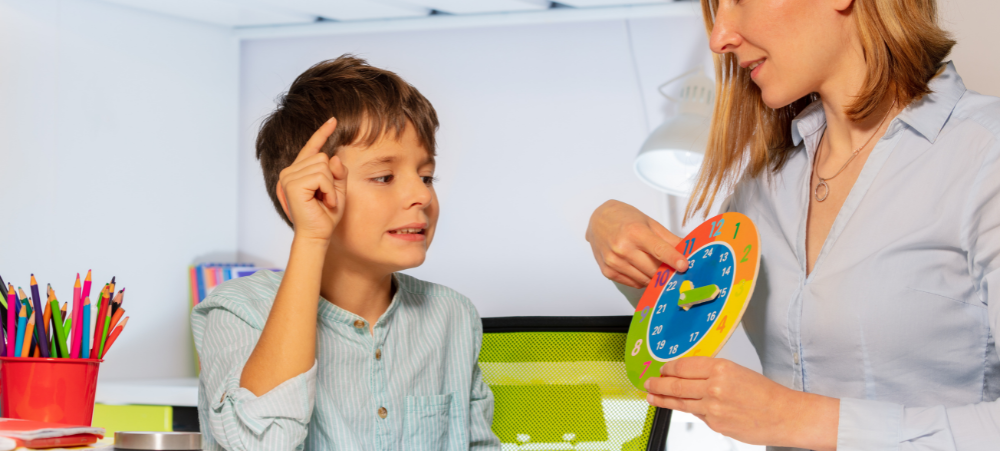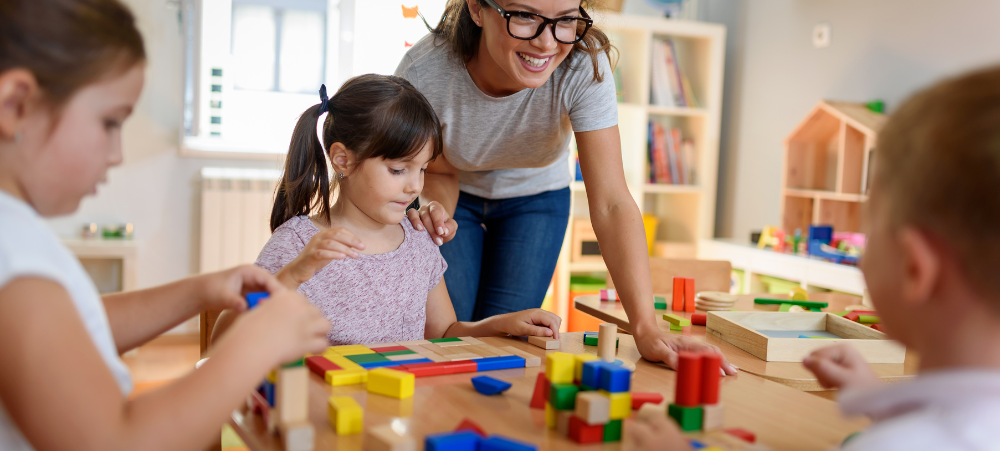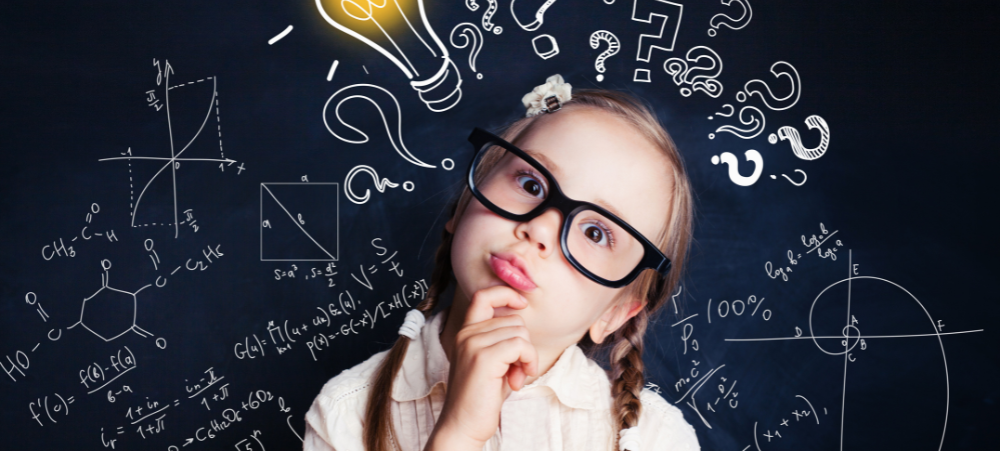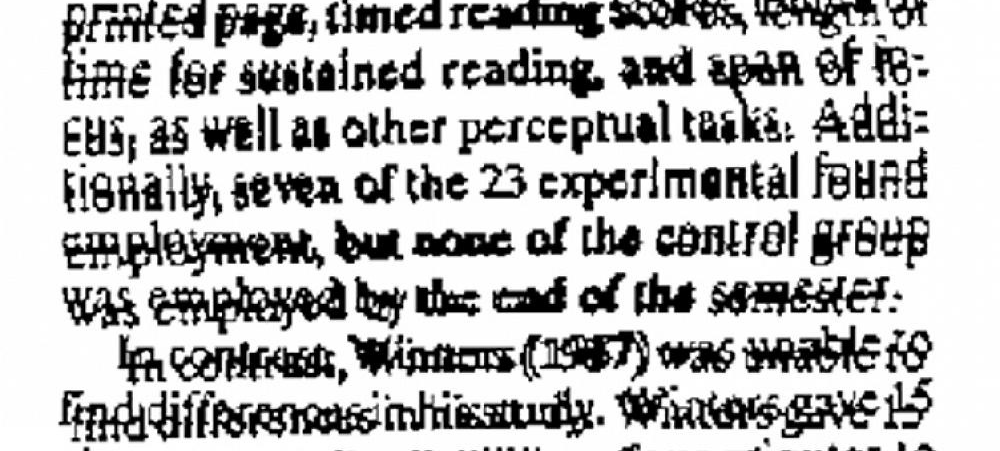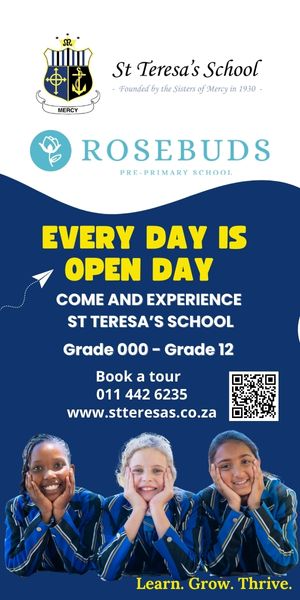
No regrets
I listened to a podcast by Andy Stanley a while back, where he interviewed a Hospice nurse. For many years, this lady looked after cancer patients at the end of their lives. She started asking them the question, “Do you have any regrets?” Without fail, their answer was that they wished that they had not worked so hard! Summer holidays are coming. I hope that you are able to make the most of the time off and spend good quality family time together during this month. Therapy! Therapy! Therapy! With so many children today needing one or other type of therapy, I cannot help but ask the question, “Why?” Why are so many children battling? What can we as teachers, parents and caregivers do differently to make it easier for them? We seem to live in a culture that points the blame at everyone else. That needs to stop! And while we might not be able to change or fix the world, we can make a huge difference in the lives of the children that we interact with daily. I have listed a few practical things below. It is by no means a comprehensive list and I would love to know if you have anything that you would like to add to the list. We will happily publish them in next month’s newsletter. Don’t forget to have fun! It may sound silly, but as adults, we are so busy, so tied up in what needs to be done, that we forget to have fun. You don’t need to go on holiday and “get away” from normal life in order to have fun. Take a bit of time each day to stop and have some fun with your kids. Teachers that may mean putting away the curriculum for a while and reading a Roald Dahl or Captain Underpants book with your class. It may mean putting the books aside and getting to know the teenagers in your class on their level. Children at school don’t always realise that their teachers are human, there is nothing wrong with showing them that you are. Parent’s, this definitely means putting away the technology, turning the tv off and interacting with your children. Go for a walk, have a picnic, build a puzzle, have a tea party. You could even play tennis together, have a pillow fight, cook or bake together, braai marshmallows together. The list of ideas is endless, but the point is simple – have fun with the children in your care, on their level! Get to know your children and love them anyway! It’s not rocket science, and yet we seem to miss it when it comes to the little people in our lives. We are all different, God made us that way, but that rule doesn’t always seem to apply to children. We expect them to fit into a mould, to excel at the things that we wish we had, and we forget to get to know who they really are. Whatever role you play in the lives of children, get to know who they are, what makes them happy or sad, what they enjoy doing and what they don’t. Listen to their stories, I mean really listen! Realise that their worries and fears are real and that they need us, as adults, to help them make sense of their world. If you don’t love them and listen to them, be warned, they will find that love and affirmation elsewhere! Let them play! It’s been said over and over, and I will say it again, children learn and grow through play. Limit the time that they spend in front of a screen and encourage real play time. Take them outside and teach them to ride a bicycle, or how to climb a tree. Let them draw hop scotch with chalk on the paving (it washes off so easily). Inside play time is also to be encouraged, let them play with dolls or cars, encourage imaginative play. And join in if you dare! Read, read, read and read some more! As a young child you have to learn to read, but from the age of about 9 years old, you read to learn. Parents read to your children, read with your children and let your children see you reading. If they are battling to read, take the time to figure out why. Research shows that 95 – 98% of all children should be able to read independently. If your child is struggling, you need to help them! Teachers, teach the children to love reading. Spend time with books, read stories to them and make it fun. So much of a child’s attitude to reading depends on the attitude of the caregiver. So, in a nutshell, make time to spend with your children each day. Listen to them, love them and play with them.


















